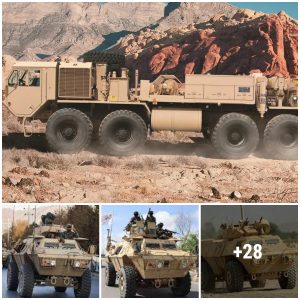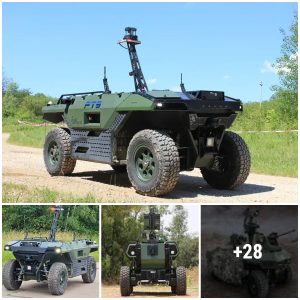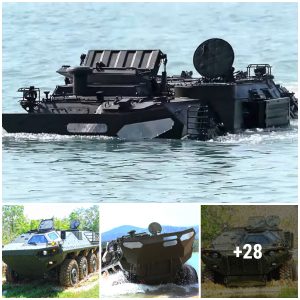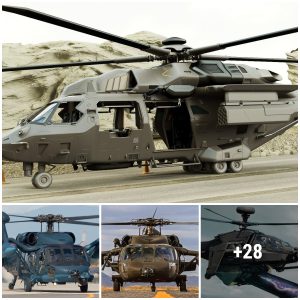Born in the madness that was WWI, tanks emerged as a crucial new type of weapon for a new world. Initially not much more than a rolling box of metal, tanks quickly proved their worth on the battlefield, mowing down infantry lines while (mostly) protecting their occupants from returned fire.
Updated December 2022: If you’re a war history buff, or just interested in classic tanks, you’ll be pleased to know that we’ve updated this article with additional entries as well as more info about the various tanks that were already on the list.
But, the tanks of WWI were horrendously crude and, in practice, death traps for anyone who was unlucky enough to get into one. Tank development was slow for most of the world between WWI and WWII. So, by the time WWII broke out, many nations were forced to rapidly develop new types of tanks in order to stay competitive on the battlefield.
This rapid development led to some incredible militarymachines, many of which are legendary today as icons of the tank world. But what makes a tank a good tank varies based on its purpose. In general, a good tank will stay ahead of enemy developments and offer a competitive edge against such enemies.
So, please read on to see the 10 best tanks of WWII and what made them so good.
12/12 Churchill Infantry Tank MK IV
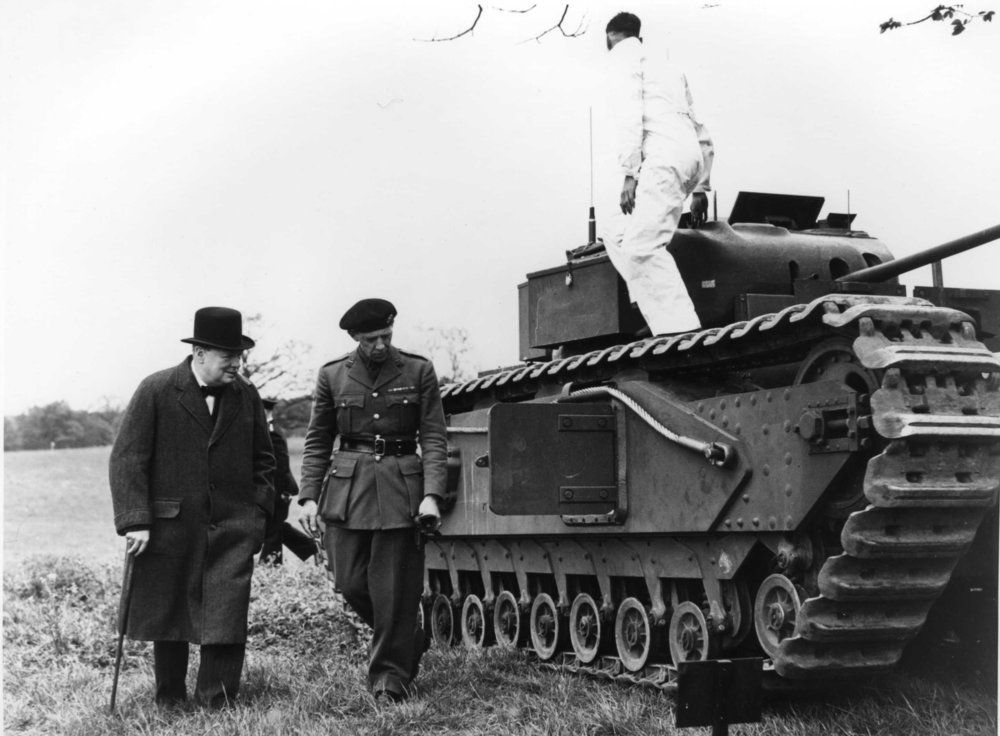
The Churchill tank, named after Britain’s leader of the time, faced an uncertain development due to a misguided philosophy on what a tank should be prior to the key battles of WWII. Nevertheless, Churchill turned out to be one of the best tanks in WWII.
While its earlier variants were rather inadequate up until 1943, the MK IV Churchill would change that, retaining all the good points of the tank while improving on its deficiencies, namely an inferior cannon. Now armed with a 75 MM cannon and thicker, more advanced armor, the MK IV Churchill was a force to be reckoned with. Incredibly rugged, capable of crossing almost any terrain, and powerfully armed and armored, the slow but mighty Churchill tank saw service with the British Army until the 1950s.
11/12 Panzer IV KwK 40 L/43
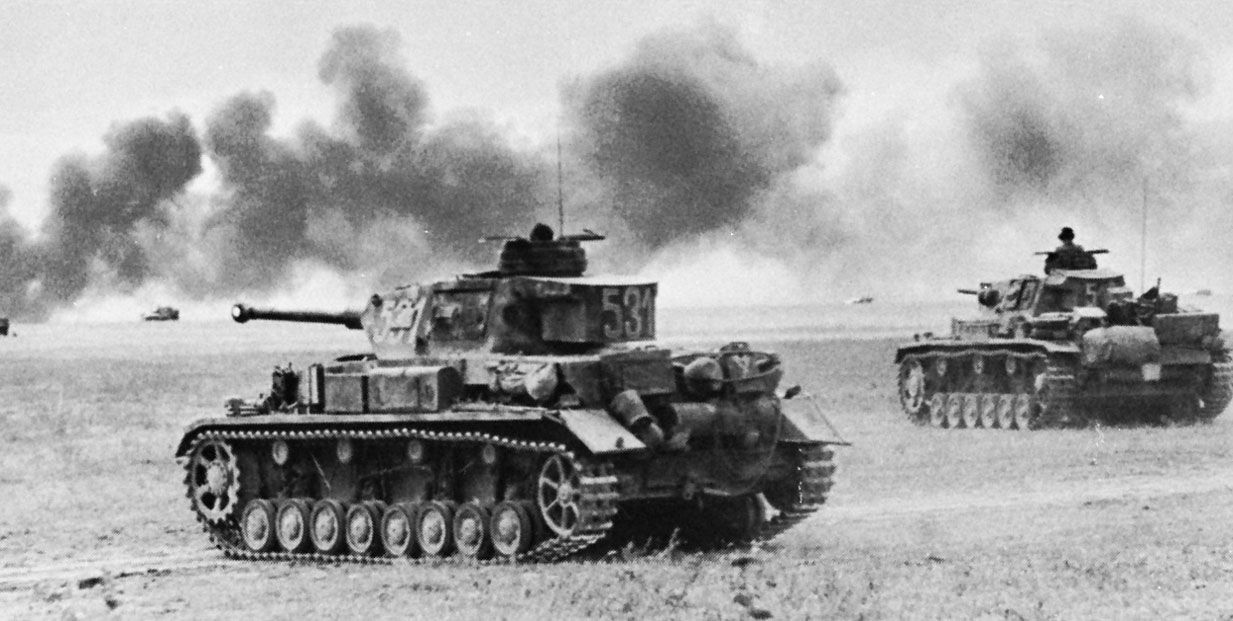
Entering service in 1939, the mighty Panzer IV saw action from the beginning to the end of WWII in every corner of the conflict.
As the workhorse of German Panzer divisions, Panzer IVs had a prolific presence during WWII and dominated nearly everything they came across during the early years of the war. When confronted with new enemies like the T-34 and Sherman tanks, the Panzer IV’s original cannon just wasn’t good enough to reliably fight them off. To address this, the Panzer IV tank was upgraded in 1941 with thicker armor and a new high-velocity KwK 40 L/43 75 MM cannon, keeping the venerable Panzer competitive up until the war’s end.
10/12 Stug III
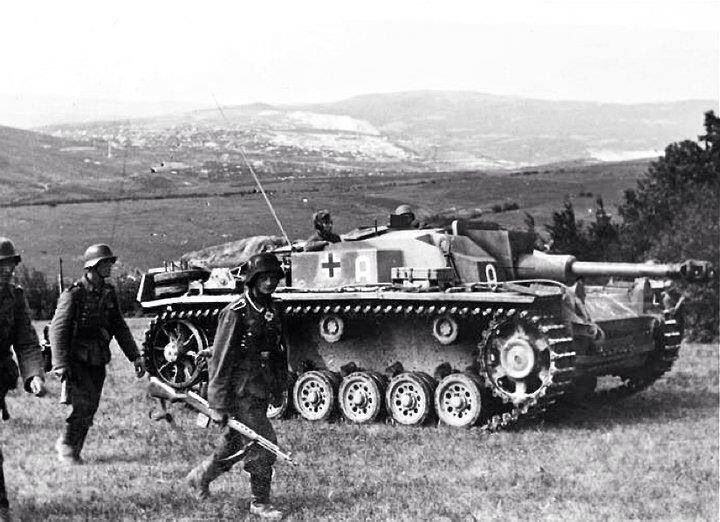
While plenty of incredible tanks faced off during WWII, the one with the highest number of kills against the Allies was the Sturmgeschutz III – AKA the Stug III.
The lethal Stug III had its shortcomings in terms of performance but was proven as a workhorse in the German Army, becoming their most-produced tank and seeing service in every corner of the conflict. While not the most potent or well-armored tank of the war, Stug III tanks were responsible for an estimated 20,000 Allied tank kills in 1944 alone – a devastating record that made it a terror of the battlefield
9/12 T-34/85
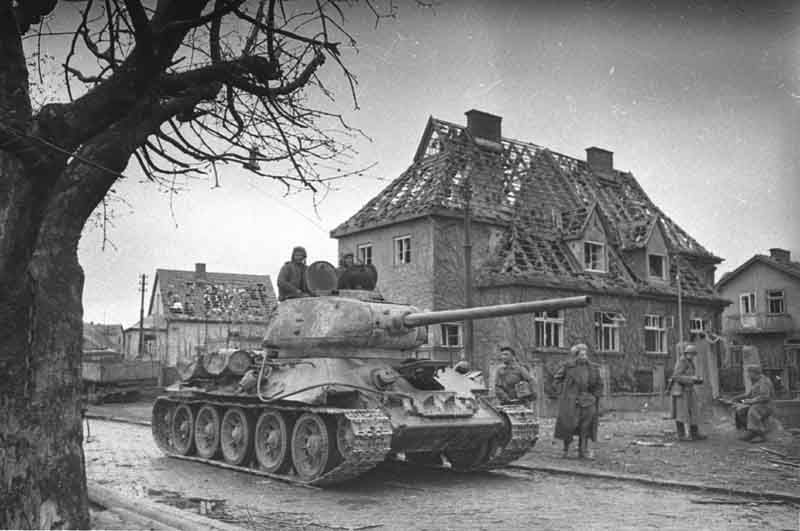
Crude, built with minimal attention to detail in a rushed manner and with mostly outdated technology, the T-34 miraculously overcame its shaky birth and became a legendary and feared machine.
While early models proved a force to be feared, attacking in waves that overwhelmed enemy forces, they lacked a certain heavy-hitting punch. As a direct response to the fearsome German Tiger I tank, Soviet command ordered an 85MM ZIS-S-53 cannon and more armor to be installed as an upgrade package to the T-34, giving it the “/85” designation. The results were a success, and the T-34/85 served as the Soviet Union’s workhorse medium tank, with over 22,000 T-34 tanks produced and staying in service even after WWII ended.
8/12 M4A3 Sherman “Easy 8”
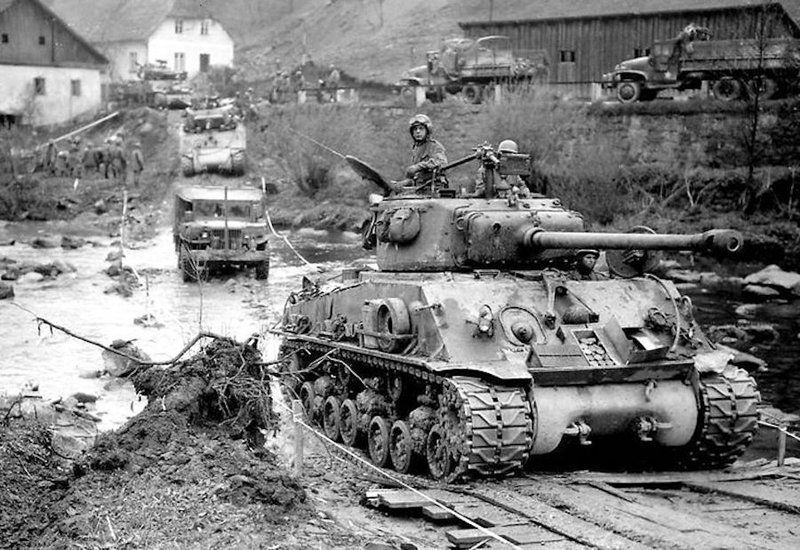
While the early Shermans proved themselves a force to be feared on the battlefield, they lacked in certain areas, namely their cannon’s armor penetration against heavy tanks like the Tiger I and Panther. One of the final Sherman upgrades to be carried out during WWII that addressed this shortcoming was the fearsome “Easy 8” M4A3E8 Sherman.
This new generation of Sherman was revised with a new and more powerful engine allowing for higher speeds, thicker hull armor, advanced new suspension and wider tracks for proper all-terrain capabilities, and most importantly—an armor-shredding high-velocity 76MM cannon. All of this combined transformed the Sherman from a reliable workhorse into a proper monster, feared on the battlefield during the final stages of WWII.
7/12 Panzer V Panther
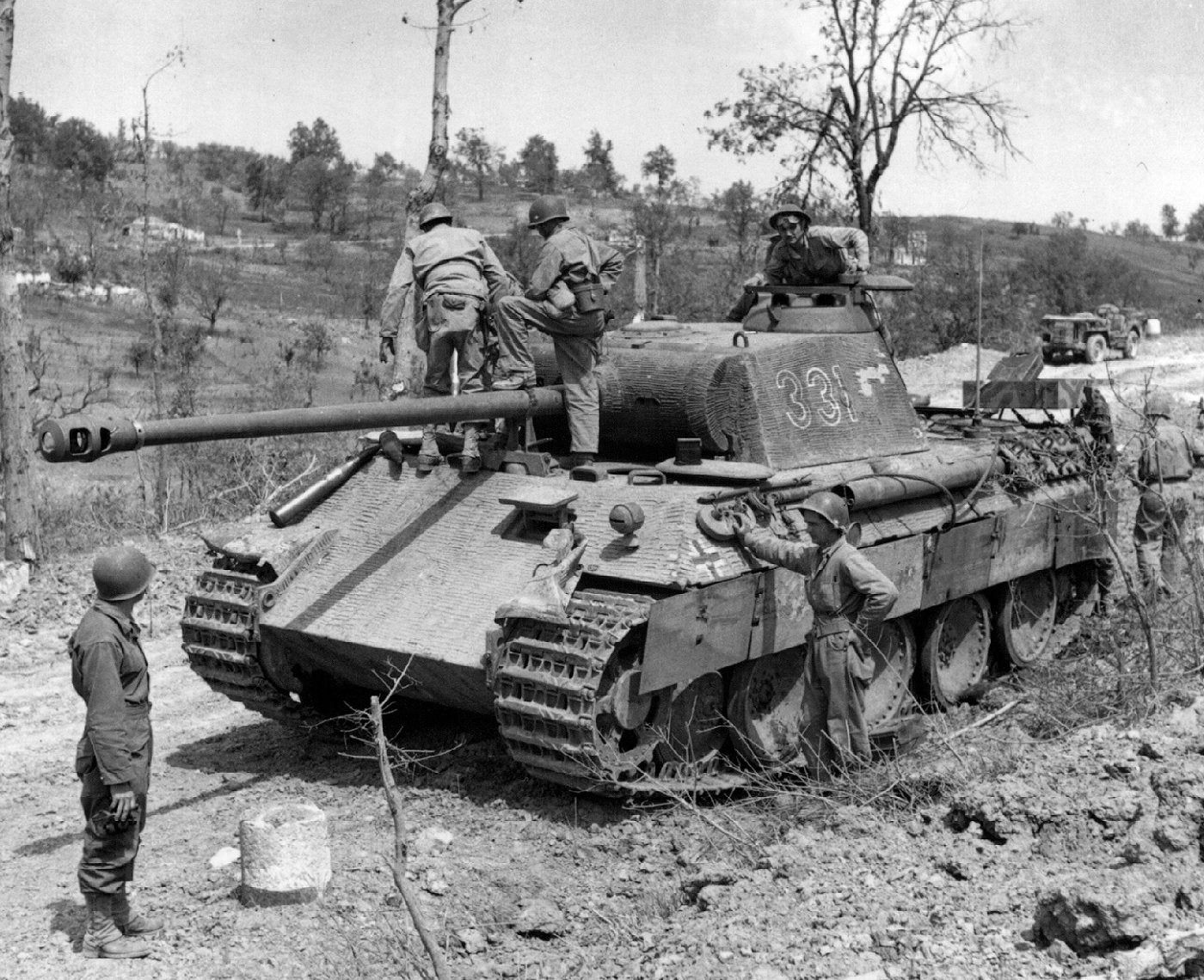
By 1943, many lessons had been learned on both the Axis and Allied sides of the war regarding tank design and combat strategy.
Taking full advantage of the lessons learned when fighting Soviet tanks like the T-34, the latest Panzer entered service in 1943 as a direct response. Known as the “Panther,” the Panzer V was the mightiest of them all, with incredibly thick and sloped armor to ricochet most enemy shots, as well as a 75 mm cannon that packed almost as much of a punch as the legendary Tiger tank’s 88 mm cannon. But, their advanced nature made them massively expensive to produce and maintain, putting an enormous strain on Germany’s economy as a result.
6/12 Comet Cruiser Tank
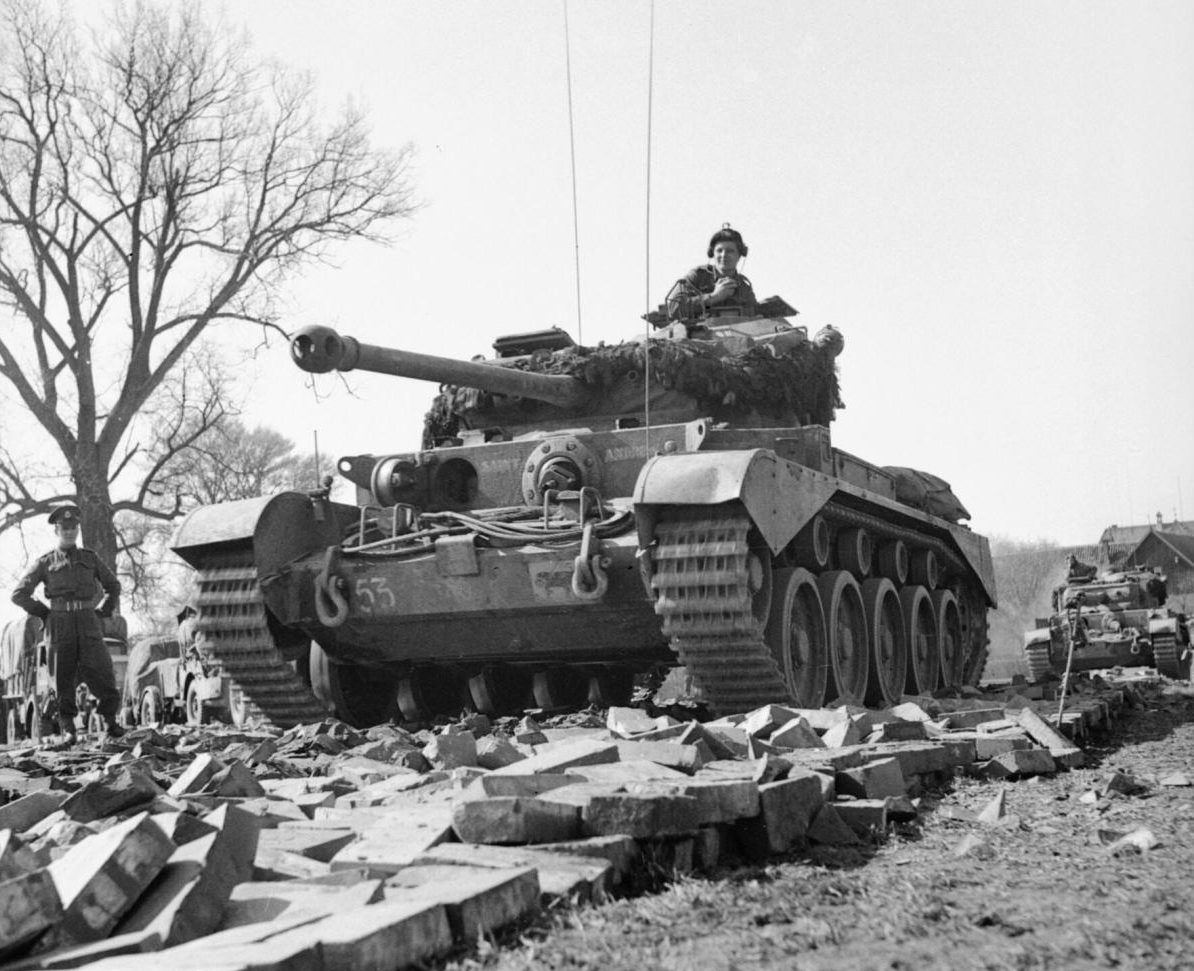
No list of the best WW2 tanks would be complete without mentioning the most advanced British tank of WWII to enter production, the Comet Cruiser Tank. This monster continued to serve until the ’60s and evolved during the Cold War into the world’s first Main Battle Tank – the Centurion MBT.
Developed from the successful but flawed Cromwell tank, the Comet’s main advantage was an upgraded 17-Pounder cannon, a powerful Rolls-Royce Meteor engine, and more armor. This formula proved to be massively successful, wreaking havoc on enemy forces during Operation Market Garden. Unfortunately, the Comet’s late introduction near the end of the war limited its impact and legacy as a true monster of WWII.
5/12 Tiger I
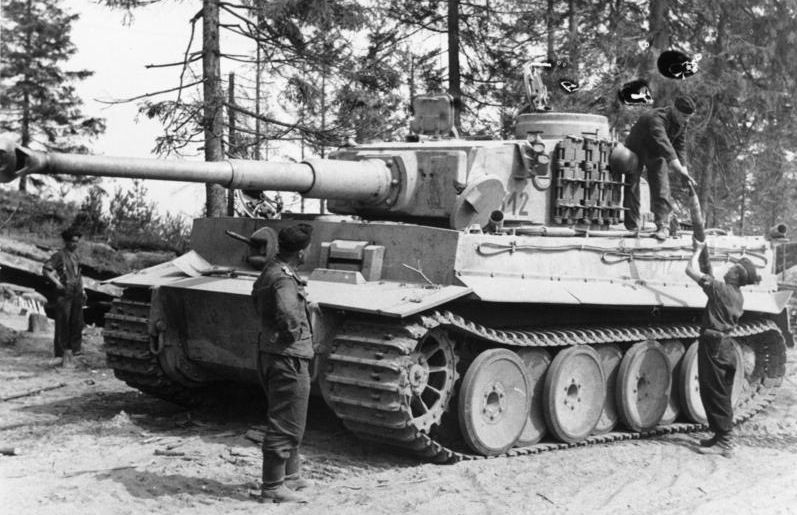
Inarguably one of the best tanks of WW2, the Tiger I was the most feared tank of the early phases of WWII and was so ahead of its time it influenced tank design for decades to come.
Entering the battlefield in 1942, no tank on the Allied side could even hope to penetrate the Tiger’s incredibly thick armor or stand a chance against the powerful 88 MM cannon. It did have its weak spots, namely in the rear. Still, its exceptional maneuverability and speed made the Tiger I a nearly impossible foe to fight at the time, dominating everything it encountered unless rushed by waves of countless enemy tanks. Although, that would later change, as Allied tank design adapted to take down these monsters.
4/12 IS-2 Heavy Tank
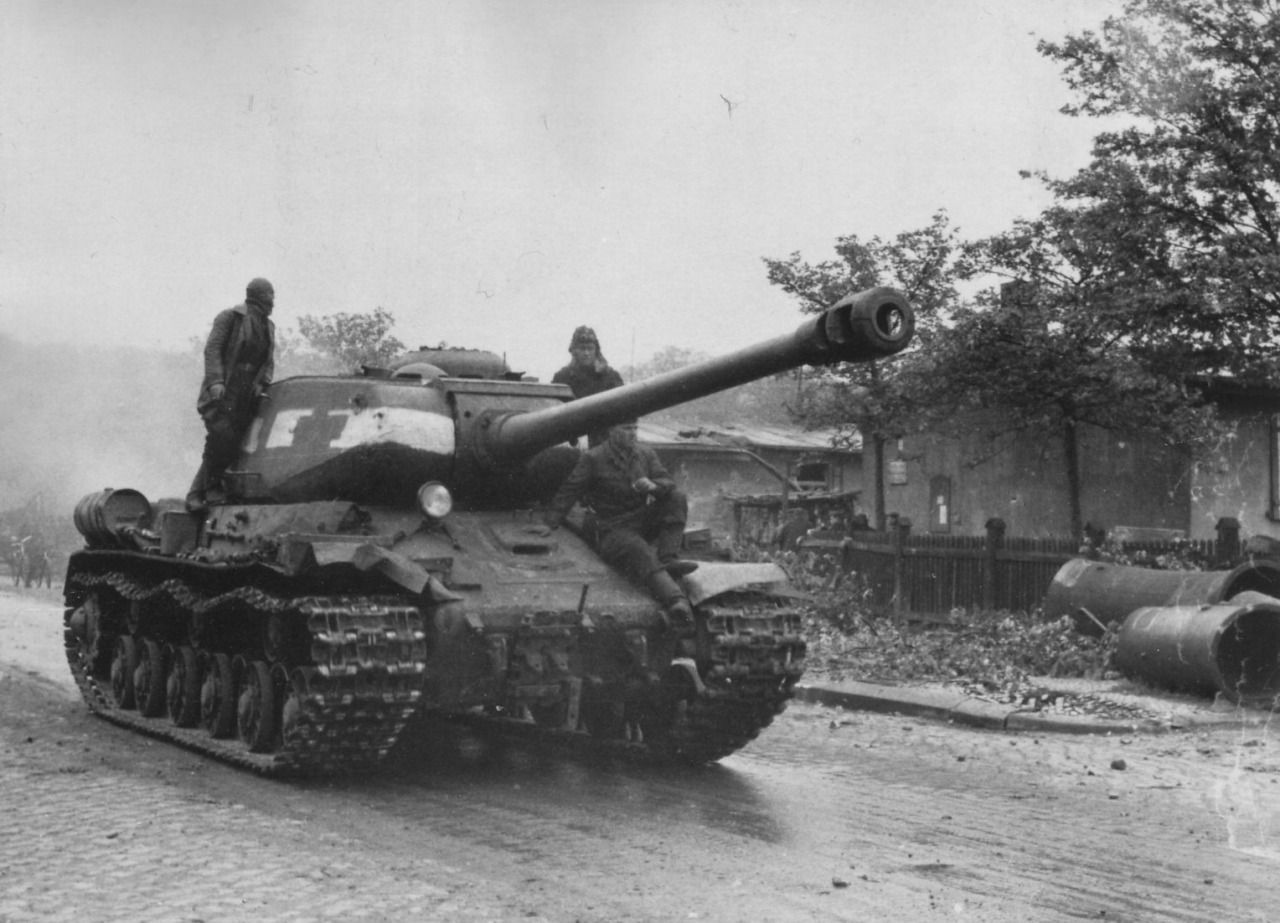
With German heavy tanks like the Tiger I advancing on the Motherland, Soviet command knew bigger beasts were to come, and an ultimate heavy tank of their own was needed.
Introduced in 1943, the IS-2 carried a monstrous 122 MM cannon, capable of punching a hole right through the armor of the feared Tiger tank, as well as having its own armor that gave the German heavy tanks a run for their money. In 1944, an operation in Ukraine saw a unit of 10 IS-2 tanks face off against waves of Tiger tanks and Ferdinand tank destroyers. By the battle’s end, 41 of these German beasts were destroyed, at a price of only 8 IS-2s, a failure that would lead German command to recommend sending in an entire Tiger platoon to kill just one IS-2.
3/12 Tiger II/King Tiger
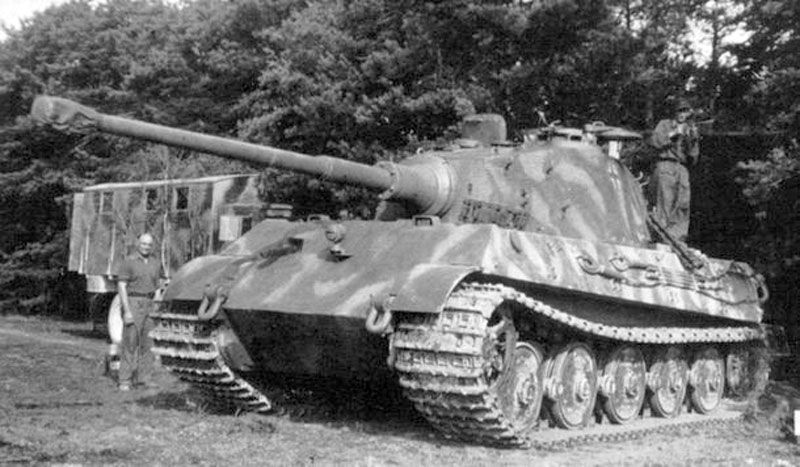
While the IS-2 demolished the Tiger I, the incoming beast the Soviets feared would take shape as the far superior Tiger II, which was also known as the King Tiger.
Upgrading just about every aspect of the already monstrous Tiger I, the Tiger II received more advanced sloped armor, a bigger and more powerful cannon, as well as a more powerful engine. Fixing the flaws of the Tiger I resulted in the most feared tank of the war, although its late introduction during the final year of WWII limited its combat success. Still, ace tank commanders like Kurt Knispel proved the Tiger II’s power, scoring 168 kills and becoming the highest-scoring tank commander of all time behind the controls of this absolute monster of a machine.
2/12 Crusader Tank
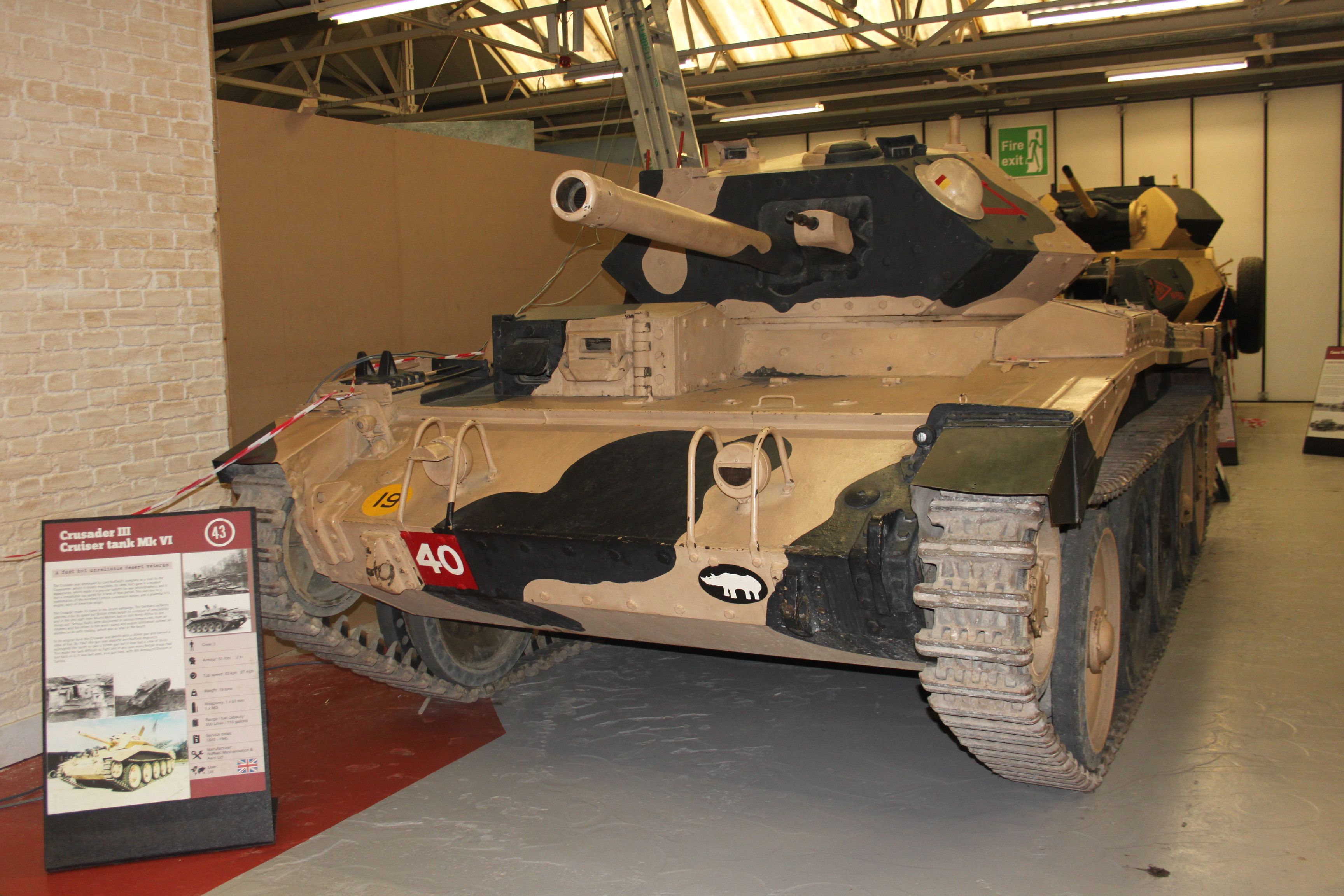
The British produced more than 5,000 Crusader tanks during WW2, and it was one of their most common tanks in the North African Campaign — where it significantly contributed to British victories.
The Crusader Mark 1, the first generation of the tank, was lightly armored and under-armed. However, it was also very maneuverable. Subsequent upgrades saw its flaws remedied, making the Crusader a match for the German Panther tanks of the time.
1/12 Char B1
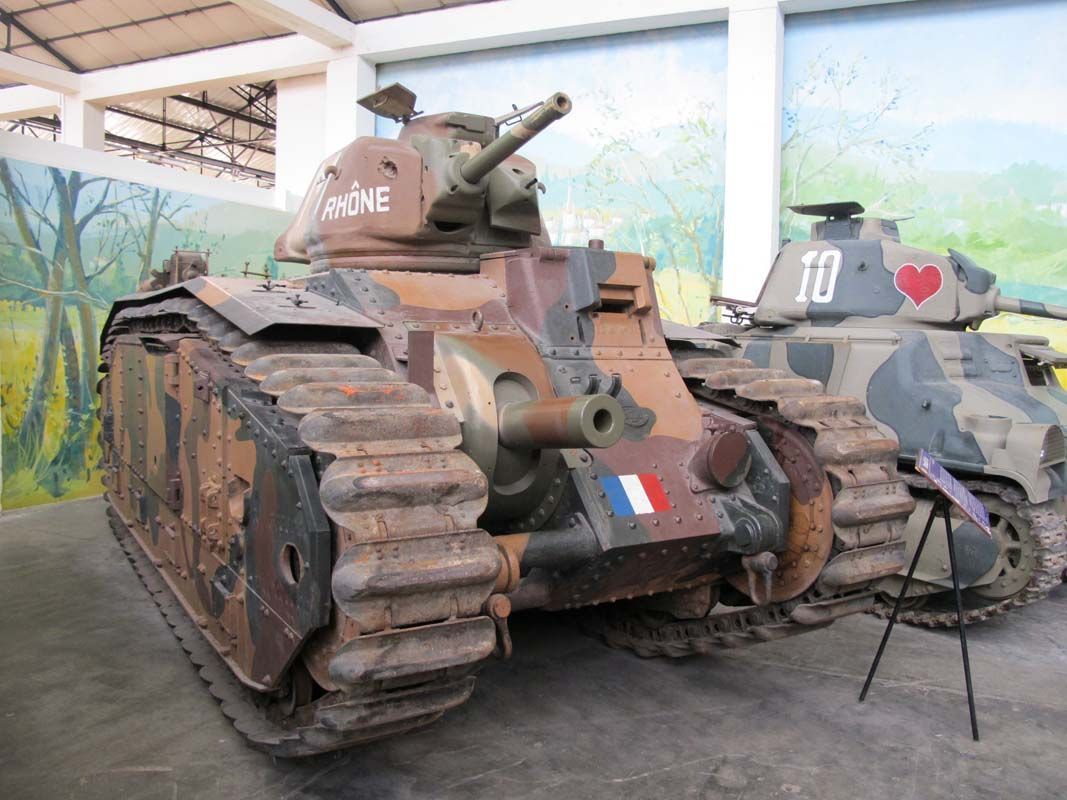
Most people forget about France when talking about tanks from WW2. However, in 1939, the French actually had some of the world’s best tanks. Perhaps somewhat surprisingly, the Char B1 was actually better than anything that the Germans then had in service at that time.
While everyone knows that France collapsed like a house of cards when the Germans steamrolled them in 1940, it’s a lesser-known fact that the heavy Char B1 was highly effective in direct confrontations with the German panzers. It wasn’t without weaknesses, though, as the Char B1 was a slow gas guzzler, making it unsuitable for longer distances. Despite these shortcomings, the Char B1 was the best tank of WW2.
